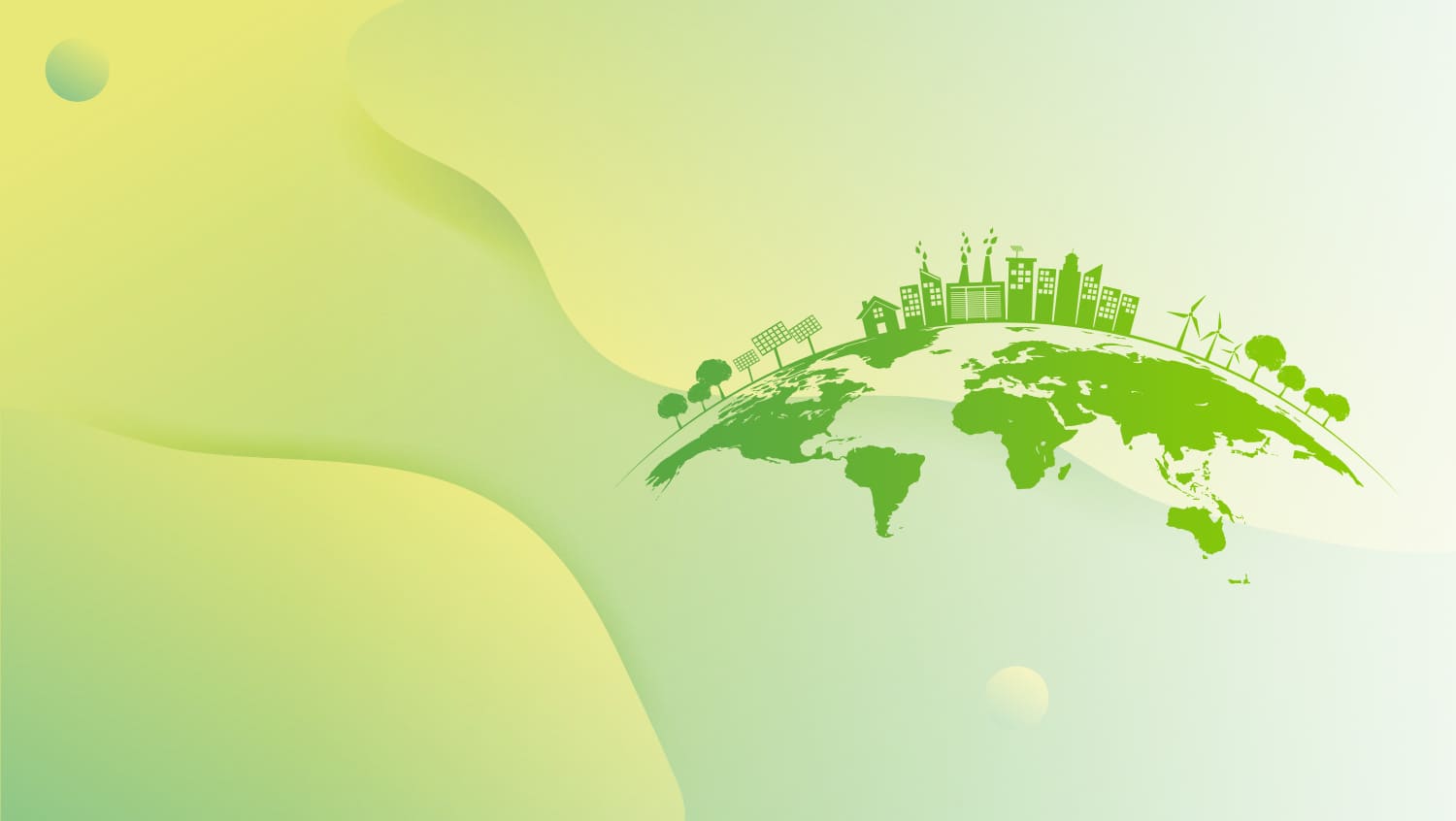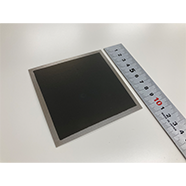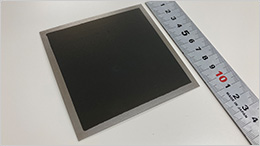
-
Mission
Stronger and more socially aware through the wonders of science
TAIYO YUDEN’s electronic components are critical in the manufacturing of various pieces of electronic equipment. Our products support the evolution of electronics technology that is indispensable for people’s safe, secure, comfortable, and convenient lives.

-
Sustainability
For a Sustainable Future
through the Wonders of ScienceWe pursue people’s safe, secure, comfortable, and convenient lives and contributes to the realization of sustainable social infrastructure as a member of society.

-
Product Information
Video Library
Learn about TAIYO YUDEN’s products from videos.

























